Description
In industrial automation, where machinery vibrations can escalate from subtle hums to catastrophic failures if not caught early, engineers often wrestle with the challenge of accurate, non-contact proximity detection for rotating equipment like turbines or compressors. Signal noise from electromagnetic interference or thermal expansion can corrupt readings, leading to false alarms, inefficient maintenance schedules, or outright breakdowns in process control loops. The Emerson CON021 emerges as a precise eddy current signal converter, transforming raw displacement signals into stable, low-impedance outputs for reliable vibration monitoring and asset protection. This becomes essential in high-stakes scenarios, such as overhauling power generation assets or scaling predictive maintenance in petrochemical plants, where downtime from unbalanced shafts could cost thousands per hour. Envision a gas compressor station in remote operations, battered by variable loads and dust—the Emerson CON021 delivers clean, conditioned signals to DCS platforms, enabling early detection of wear that prevents cascade failures across the production line. By honing in on user priorities like high-reliability I/O integration and real-time diagnostics, it facilitates seamless incorporation into existing automation architectures, slashing the guesswork in balancing dynamic loads. For specialists in industrial automation and process control, the Emerson CON021 is a go-to when retrofitting legacy vibration systems or designing fault-tolerant setups, ensuring I/O signal fidelity amid harsh environments with minimal reconfiguration. It supports goals of extended mean time between repairs by providing probe-compatible outputs that interface directly with controllers, fostering proactive strategies over reactive firefighting. In essence, this converter bridges the gap between field sensors and control intelligence, empowering teams to sustain operational excellence without the vulnerabilities of unfiltered data streams.
The Emerson CON021 works by receiving high-impedance AC signals from eddy current proximity probes, such as Epro PR642x series, and converting them to low-impedance DC voltage or current outputs suitable for long-distance transmission in DeltaV or Ovation control systems. Nestled in the field instrumentation layer of the automation stack, it mounts externally near the machine or within marshalling cabinets, linking probes via coaxial cables to its input while outputting to I/O cards like the VE4005 analog modules via shielded twisted pairs. This configuration allows it to filter noise and normalize signals—typically 0-10 VDC proportional to gap displacement—before feeding into the backplane bus for processing by the controller’s PID algorithms or historian software. In a DeltaV setup, for example, it pairs with redundant CHARM I/O carriers, supporting diagnostics through onboard LEDs for power and fault status, and optional HART passthrough if extended with compatible overlays. The converter doesn’t manage redundancy natively but enhances it by isolating probe circuits, preventing ground loops that could skew readings across shared buses. Protocols like 4-20 mA enable integration with FOUNDATION Fieldbus segments, making it adaptable for engineers tuning vibration thresholds without halting operations. Consider its role in a turbine monitoring loop: raw probe data hits the Emerson CON021, gets amplified and demodulated for linearity, then streams to the DCS for trend analysis, all while maintaining phase coherence for orbital plots. This front-end positioning in I/O architectures streamlines signal conditioning, letting you leverage full-system diagnostics to correlate vibrations with process variables, and ultimately prioritizing machine health over manual calibrations in dynamic industrial environments.
| Specification | Details |
|---|---|
| Model Number | CON021 |
| Brand | Emerson |
| Type | Eddy Current Signal Converter |
| Input Voltage | 18-30 V DC |
| Operating Temp Range | -40°C to +85°C |
| Mounting Style | DIN Rail or Panel |
| Dimensions | 100 mm x 75 mm x 50 mm |
| Weight | 0.3 kg |
| Interface/Bus | Analog (Coaxial Input, Terminal Output) |
| Compliance | CE, RoHS, ATEX (optional) |
| Supported Protocols | 4-20 mA, 0-10 VDC |
| Typical Power Draw | 1.5 W |
Integrating the Emerson CON021 yields immediate dividends in vibration monitoring reliability, as its signal conversion eliminates impedance mismatches that plague long cable runs, delivering consistent data that sharpens predictive algorithms and averts unplanned outages in rotating assets. Crafted for endurance in unforgiving settings, it guarantees sustained accuracy across temperature extremes, which means your process control loops stay tuned without recurrent adjustments, freeing up engineering cycles for value-added analytics rather than drift corrections.
- CON021
- CON021
The device’s compact form and probe-agnostic design simplify retrofits into crowded skids, cutting integration time and overhead—imagine swapping legacy converters without rewiring the entire sensor array. Maintenance gains shine through too, with straightforward output verification that integrates into DeltaV’s InSight tools, spotting anomalies like probe fouling before they impact performance and trimming diagnostic visits in remote sites.
Engineers value how the Emerson CON021 bolsters overall system resilience, turning raw proximity data into actionable insights that extend equipment life and optimize throughput in automation workflows.
In power plants, the Emerson CON021 conditions eddy current signals from turbine journal bearings in DeltaV-based control rooms, ensuring high-reliability vibration data for continuous uptime during peak loads and fast-response shutdowns in high-vibration process control environments.
Oil refineries deploy it alongside Epro probes on centrifugal pumps, converting displacement outputs for Ovation DCS integration to monitor shaft alignment under corrosive, high-speed conditions, supporting predictive maintenance that minimizes leaks and sustains 24/7 operations.
Pulp and paper mills use the Emerson CON021 in fan and roller monitoring setups, providing noise-filtered I/O signals to DeltaV historians for early imbalance detection amid dusty, humid atmospheres, enhancing critical system uptime and reducing web breaks from mechanical faults.
PR6423/010-040 CON021 – Enhanced version with integrated filtering for noisy, high-frequency vibration applications.
PR6426/010-140 CON021 – Extended-range converter for larger probe gaps in heavy-duty turbine setups.
VE4005S2B1 – DeltaV analog input module companion for direct 4-20 mA integration.
KJ4001X1-CA1 – I/O terminal block for simplified field wiring in CON021 outputs.
PR6423/003-030 CON021 – Compact variant for space-constrained marshalling panels.
VE3008 – DeltaV power supply add-on for stable 24 VDC to the converter.
KJ3002X1-BA1 – RTD input module alternative for temperature-correlated vibration monitoring.
1C31181G01 – Legacy Ovation interface for upgrading older Epro systems.
When preparing to deploy the Emerson CON021, start by matching probe model and cable length to the expected gap range—typically 0.5-2 mm for PR642x series—to avoid saturation; reference the DeltaV subsystem manual for output scaling. Assess mounting proximity to the machine, ensuring at least 6 inches of clearance for heat dissipation, and confirm 24 V DC loop power meets ripple specs under load to sidestep conversion artifacts. Ground the enclosure properly and torque terminals to 0.5 Nm, as loose connections amplify noise in the signal path.
Routine upkeep centers on quarterly visual scans of coaxial connectors for wear, especially in oily or fibrous sites—a continuity check with a DMM verifies integrity without powering down. Annually, during machine inspections, recalibrate outputs against a known gap standard using the DCS tuning software, and log any offset trends to forecast probe life. If vibrations exceed baselines, cross-reference converter diagnostics with system events to isolate issues, like cable routing changes. This disciplined protocol sustains peak performance with basic tools, keeping your vibration oversight sharp and interventions infrequent.

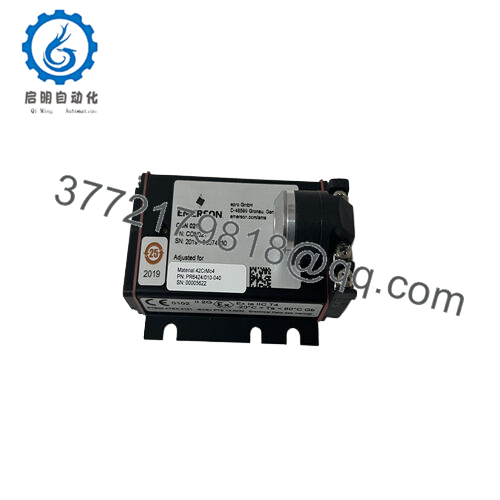
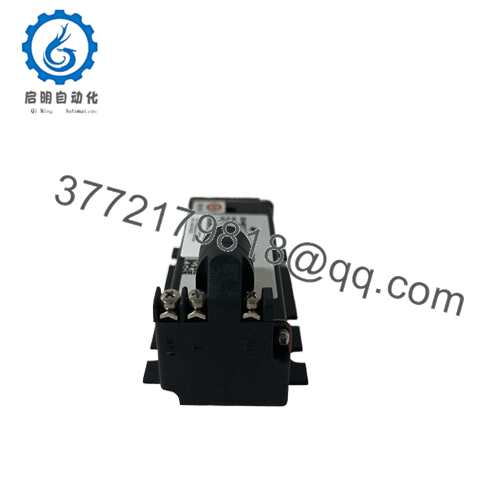
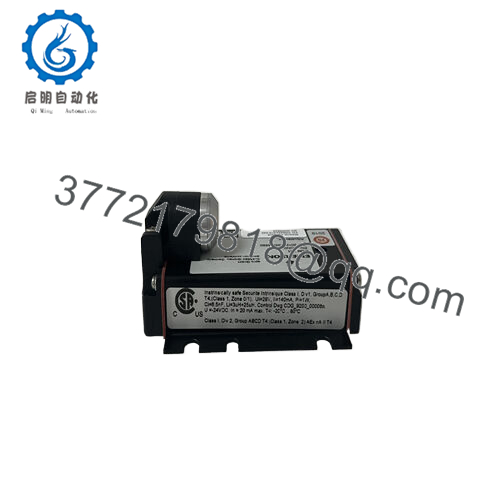
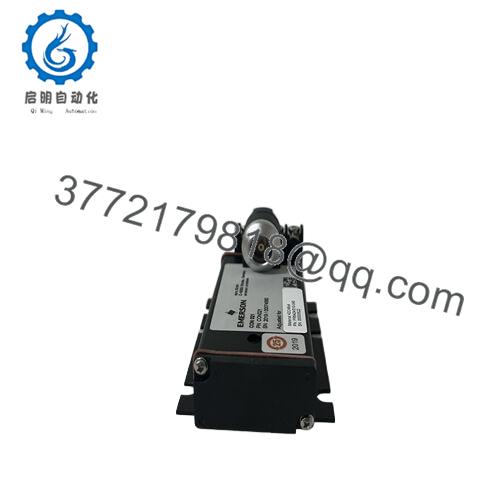
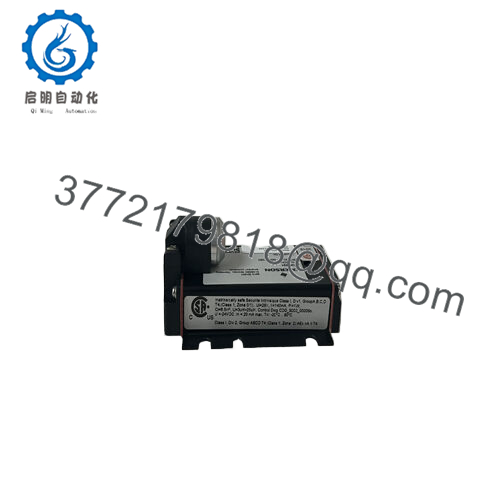
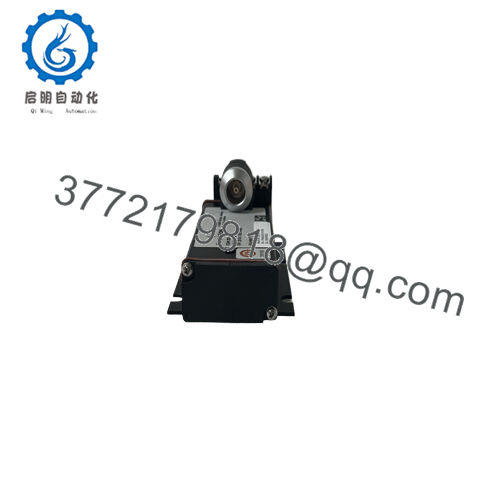
 WhatsApp: +86 16626708626
WhatsApp: +86 16626708626 Email:
Email:  Phone: +86 16626708626
Phone: +86 16626708626


